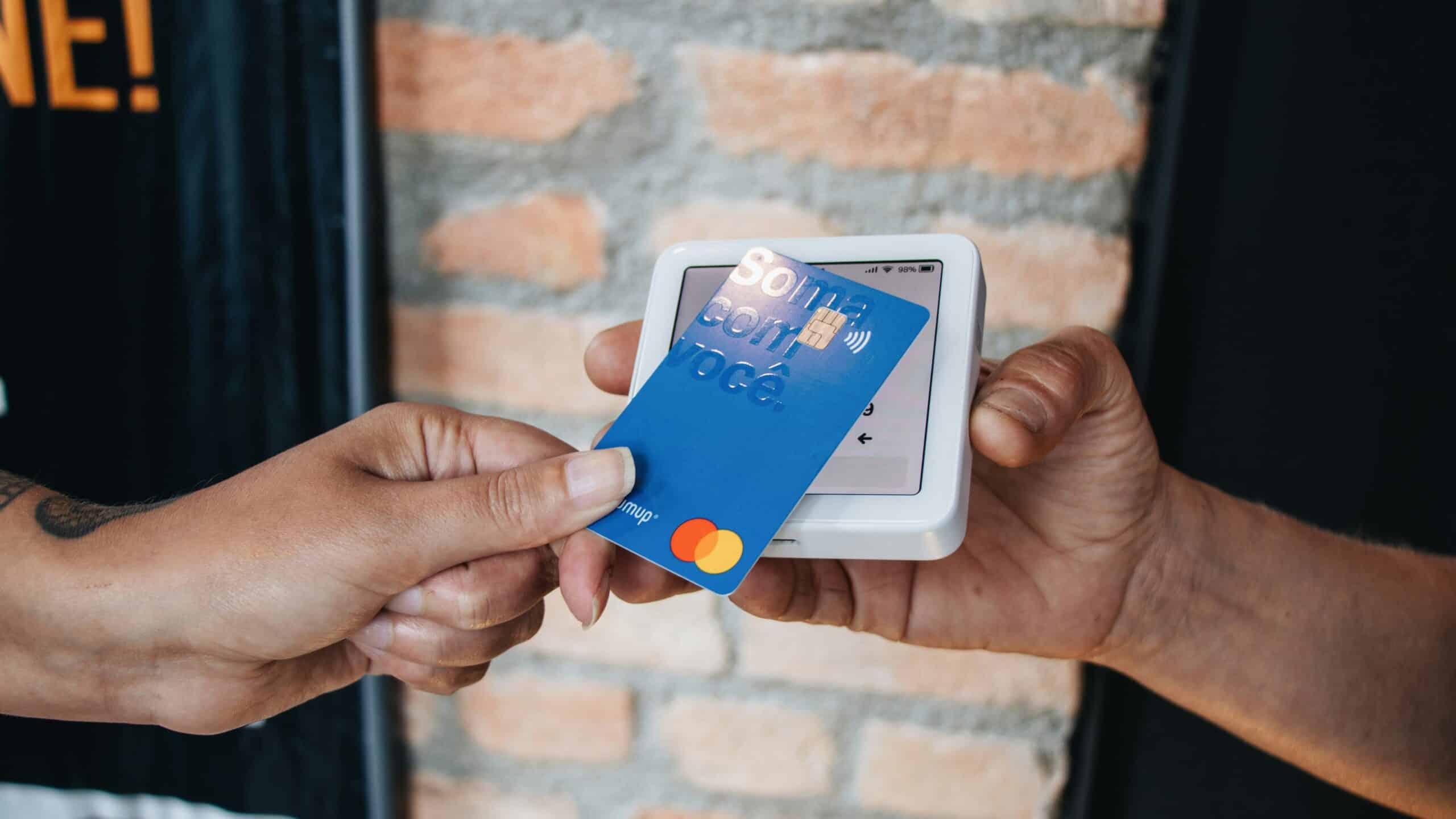Anúncios
If you’ve been looking into credit cards for fair credit, you’re probably aiming to improve your score while enjoying the benefits a credit card has to offer. It can feel tricky navigating the options, especially if you’ve experienced missed payments or kept higher balances in the past. Not to worry—let’s walk through everything you need to know, from understanding your score range to deciding which card type suits you best.
Recognize fair credit ranges
A fair credit score typically falls around 580 to 669 if you use the FICO® model (and roughly 601 to 660 in VantageScore®). You might not be eligible for the lowest interest rates or the highest credit limits, but you can still qualify for cards that help you rebuild your credit profile. Before diving into card applications, keep this range in mind so you know where you stand.
Why fair credit matters
Having fair credit puts you on the cusp of better offers. A slight boost could land you in “good” territory, opening the door to more favorable card terms. Plus, you’ll usually find lenders willing to work with you. You won’t get the same perks as someone with excellent credit, but having a card you can manage responsibly is a big step toward stronger financial health.
Explore your card options
Most fair-credit cards come in two flavors: secured and unsecured. Each has advantages, so the choice depends on your budget and comfort level.
Secured credit cards
Secured cards require a refundable security deposit, which often equals your credit limit. They’re especially popular for anyone who’s had trouble qualifying for traditional cards. Capital One, for instance, has a Platinum Secured Credit Card that’s specifically geared toward individuals rebuilding their finances (Capital One). As you show consistent, on-time payments, you may see your credit score rise and eventually have the chance to switch to an unsecured card.
Unsecured credit cards
Unsecured cards don’t require a deposit, but they can come with higher interest rates and annual fees if your credit score isn’t at the “good” level yet. Some issuers, like Capital One, offer unsecured cards (for example, QuicksilverOne) to folks whose scores sit in the fair range (Capital One). If you’re comparing rates, double-check fees and perks—then figure out if the rewards will actually work for your lifestyle.
Card features to look for
- Low or reasonable APR: Some cards may carry a high interest rate. If you plan to carry a balance, look for a low APR or consider a zero-percent introductory period if available.
- Minimal fees: Annual fees can add up. Aim for cards with either no annual fee or a modest amount.
- Rewards or cash back: Even if you only snag a modest reward rate, that extra 1.5% back can make a difference.
- Upgrade potential: If you start with a secured card, verify that you can eventually upgrade to an unsecured option once your credit improves.
Build better credit habits
A suitable card can be a great tool, but your daily actions truly make the difference.
Payment history tips
Late or missed payments hit credit scores hard, especially if you’re within the fair range. Set up calendar reminders or autopay so you never miss due dates. Remember, payment history makes up 35% of your FICO® Score (Experian).
Debt management
Try to keep your card balances well below their limits. Ideally, you’ll want a low utilization rate—under 30% is often suggested, but lower is even better. If you feel flooded with debt, take small steps like paying more than the minimum each month (Equifax).
Monitoring your progress
Many lenders, including Capital One and Discover, let you check your credit score for free, or you can sign up for a dedicated monitoring service (Experian). Tracking your score regularly helps you spot issues early and celebrate improvements along the way.
Compare popular credit cards
Below is a snapshot of some cards geared toward fair-credit customers. Keep in mind that rates and fees change, so confirm details with the issuer before applying.
| Card | Key Features | APR Range | Annual Fee |
|---|---|---|---|
| Capital One QuicksilverOne | 1.5% – 5% cash back, fair-credit friendly | 29.74% (Variable) (Credit Karma) | $39 |
| Upgrade Cash Rewards Visa® | 1.5% cash back, no annual fee | 14.99% – 29.99% (Credit Karma) | $0 |
| AvantCard | Geared toward fair credit, straightforward use | 35.99% (Credit Karma) | $39 |
| Capital One Platinum Secured Credit Card | Builds credit with a security deposit | Variable APR (Capital One) | $0 (Secured) |
These cards can help you set a solid foundation if you handle them responsibly. Just be sure to investigate how each structure fits into your monthly budget and long-term plans.
Take the next step
Still unsure? Consider whether your score is closer to “poor” than “fair.” If you feel you might benefit from a different approach, check out credit cards for poor credit, or see if unsecured credit cards for bad credit might be a better fit for you.
No matter which path you choose, make the most of your card by using it consistently and paying on time. Eventually, you could see better terms, higher limits, and more benefits. If you’re starting today, try pre-qualifying for a card that fits your needs. It won’t hurt your score to see if you’re approved (Capital One). Then, jump in with small purchases, pay them off promptly, and watch your fair score inch higher step by step.
Improving your credit can feel like a big climb, but each on-time payment helps you reach a new level of financial freedom. Good luck on your journey, and remember—you’ve got this.








